Over a month ago, Arizona had its state conference. For awhile now I’ve been meaning to blog on the presentations, but have had other things come up that delayed this. So I decided instead of lumping it all together that I would post about the presentations as I can. So I decided because it’s summer and it’s a great time to incorporate games into our teaching I would start with a presentation that focused on fun!
This presentation was given by a husband and wife team, Eric and Ruth Giaugue. While many of the ideas shared are games that I have done in my studio, there were several new ideas that I was very excited about.
Why do presentation matter so darn much?
Ruth began by presenting a cupcake to a teacher. The teacher had a choice to choose a cupcake that was presented in a nice box or one that was just the ingredients of a cupcake in a plastic bag. Which one would you choose? Most likely you would choose the one that was ready to eat. Ruth went on to express that we should “sell” theory like it’s a hot commodity. Adding and incorporating fun makes it like a ‘spoonful of sugar’.
Benefits of incorporating theory games:
Multiple Intelligence- Reaching all learners through activities that are geared towards different learning styles
Body/Kinesthetic- Touching
Linguistic/Verbal- Best by reading, writing and talking about content. Primary means of delivery. This is the kid that won’t stop talking.
Spatial
Musical
Naturalist
Logical/mathematical
Interpersonal
Interpersonal
Fun ways for Linguistic/verbal learners to explore- have them teach to the principal to the next kid, give them a chance at the teachers chair so they can teach it back to you, write on wipe board or paddles, decode a secret message from you.
Fun games for body/kinesthetc learner-
Charades (let’s see a crescendo)
Beach Ball Intervals- letter names on ball- right thumb where it lands – what is the interval.
Soccer Ball Terms- Wrote musical symbols on the soccer ball. Roll it around the cone to each other. Name symbol and definition.
Duck Duck Goose (I was so excited to incorporate this one in my Piano Olympics camp this summer!)
– Rhythm differentiation: have them sit in duck duck goose; show 2 rhythms. 1 represents “duck” the other represent “goose” If they run they go in “goose pot”- middle of circle and sit out a round.. If they do it again
– Pitch Identification: play two different pitches – Interval identification – Inversion
The Triad Train
Team of students have a rain race while learning inversion. (see pictures)
Have each student have a white board (or flashcards) and write down a letter. Get in the order of triad, then physically switch to 1st and 2nd inversion.
The monster smash (aka fly swatter)- can put down rhythms and play rhythm and they smash it with fly swatter
Rhythmic Astroids- moving to the beat (with ribbon on sticks)
Rhythm charades- with eachother- get together with someone and make an eighth note… (see pictures)
Hula Hoop Rhythms- Have students stand in the hula hoop representing the rhythm.
Guests speakers are high interest commodities. Be your own guest speaker. Ruth often teaches her lessons as Mrs. Nesbit (tea party lessons). She does this for ALL ages.
Multi level games. Teens love to make up their own games
Spatial: Picasso does Theory
All things gooey
–Play dough, glitter gel (hair gel with glitter in a plastic bag), shaving creme, paint, dot markers, salt dough
Spin a card (see picture) – Intervals. After the spin number then show letter flashcard, name that number interval that spun. (can use a spinning app)
Catapult- (shoot candies at the staff)
Go “Vadar” and strike notes with a light saber instead.
Pictionary
Mega Blocks (aka big legos)- Add note value sticker to mega blocks to teach time signatures and how note values fit into a measure.
Musical- Students learn best through song, rhyme, rhythm…
Teach theory through composition-
Whiteboard composition with magnets
Rhythm compositions…
Computer programs
Theory Safari- use sidewalk chalk
Music Mind Games
Homemade board games
Puzzles
As you can imagine this was a fast paced presentation and I think they could have gone another hour if they had time. Hope you got some fun theory game ideas! Some of these ideas can be done on a small scale if you aren’t able to do group activities in your studio.
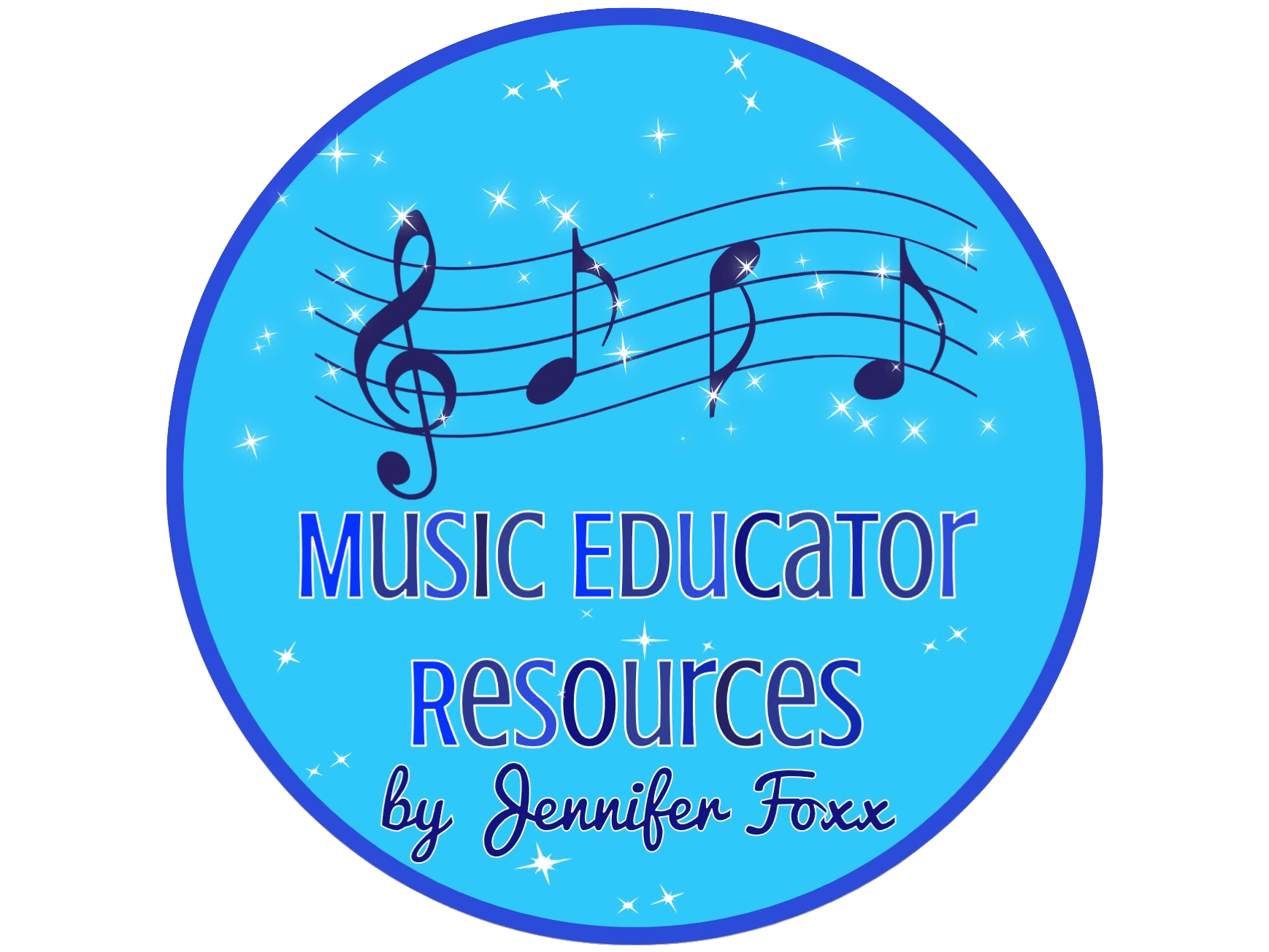
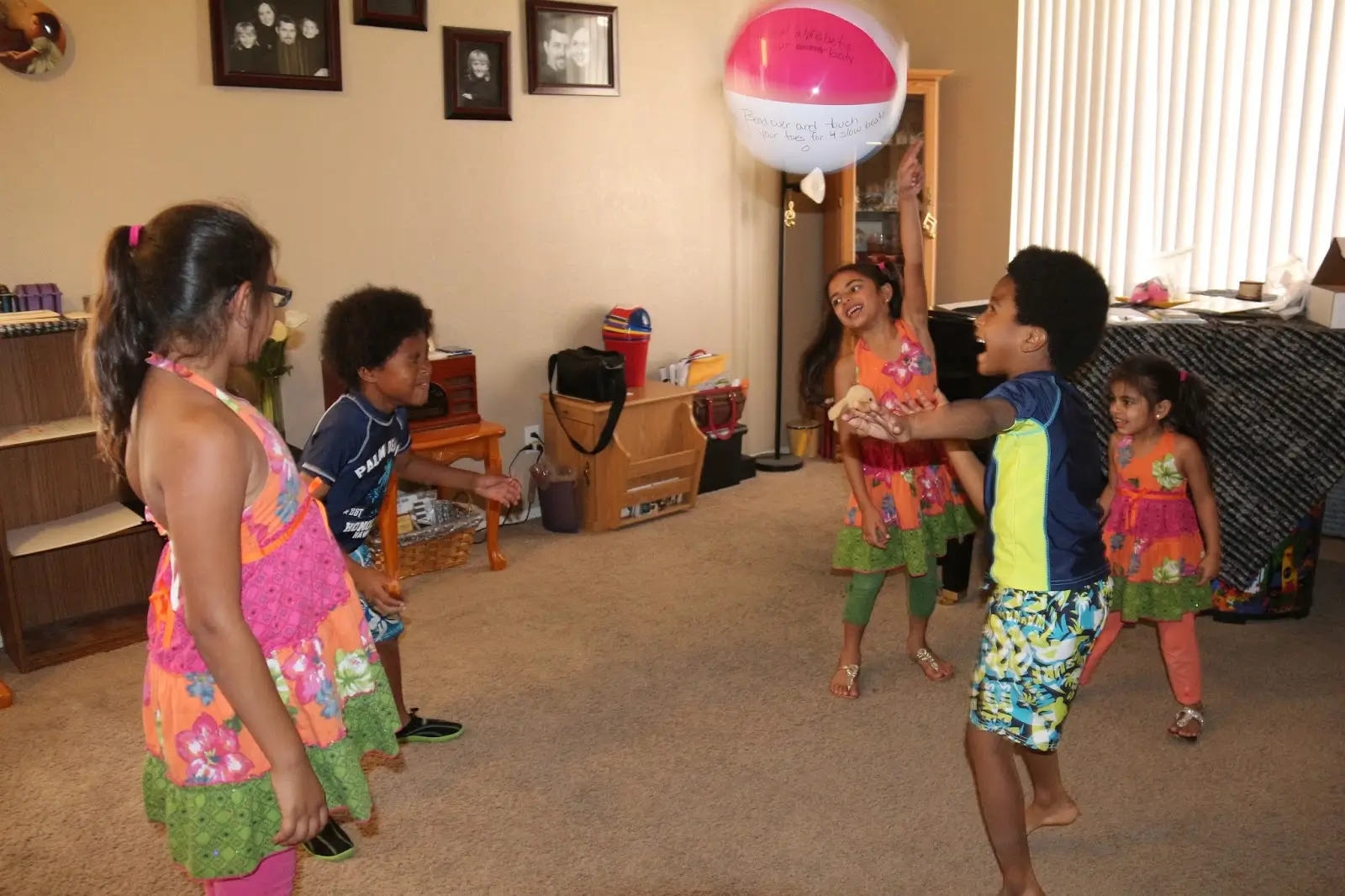

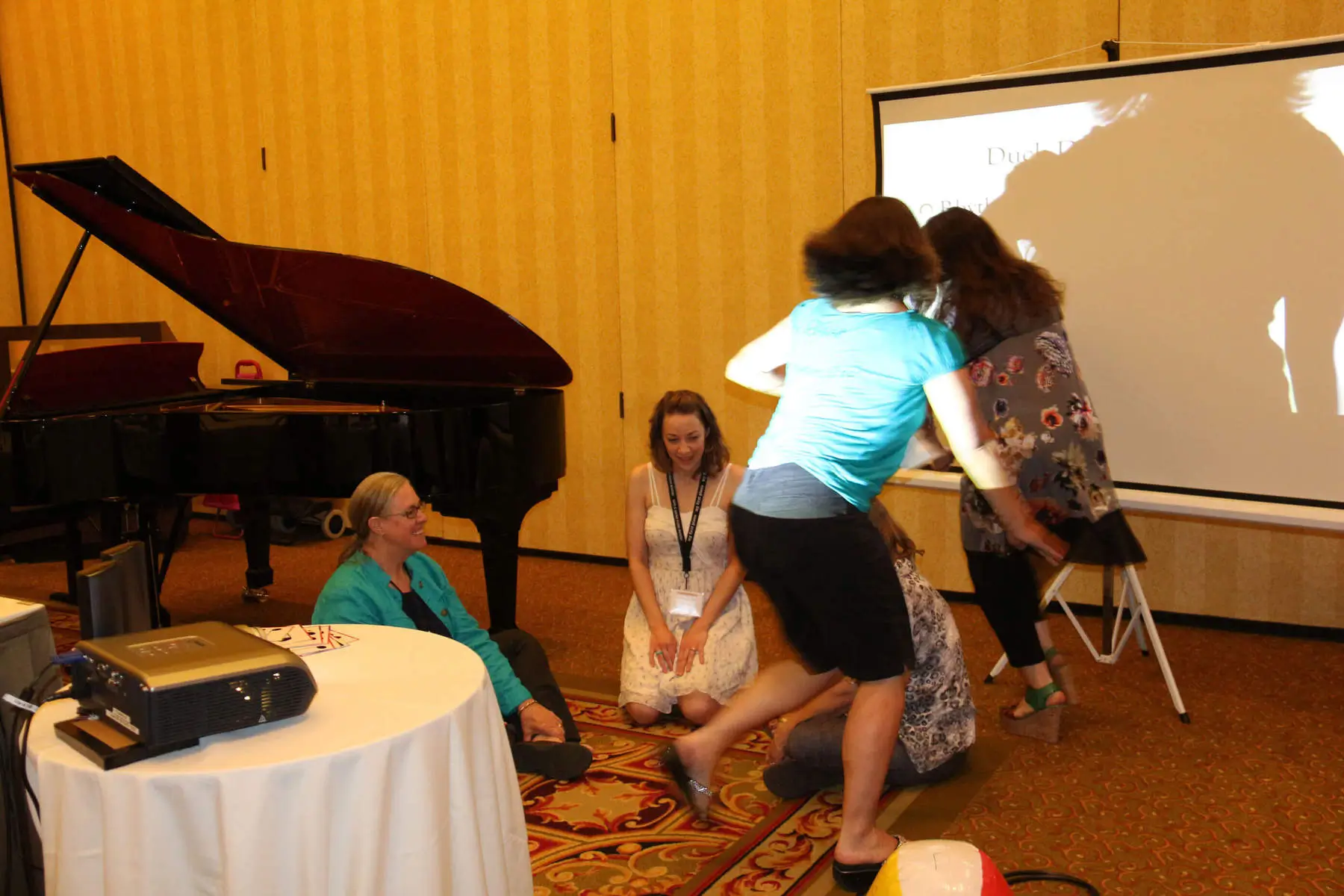
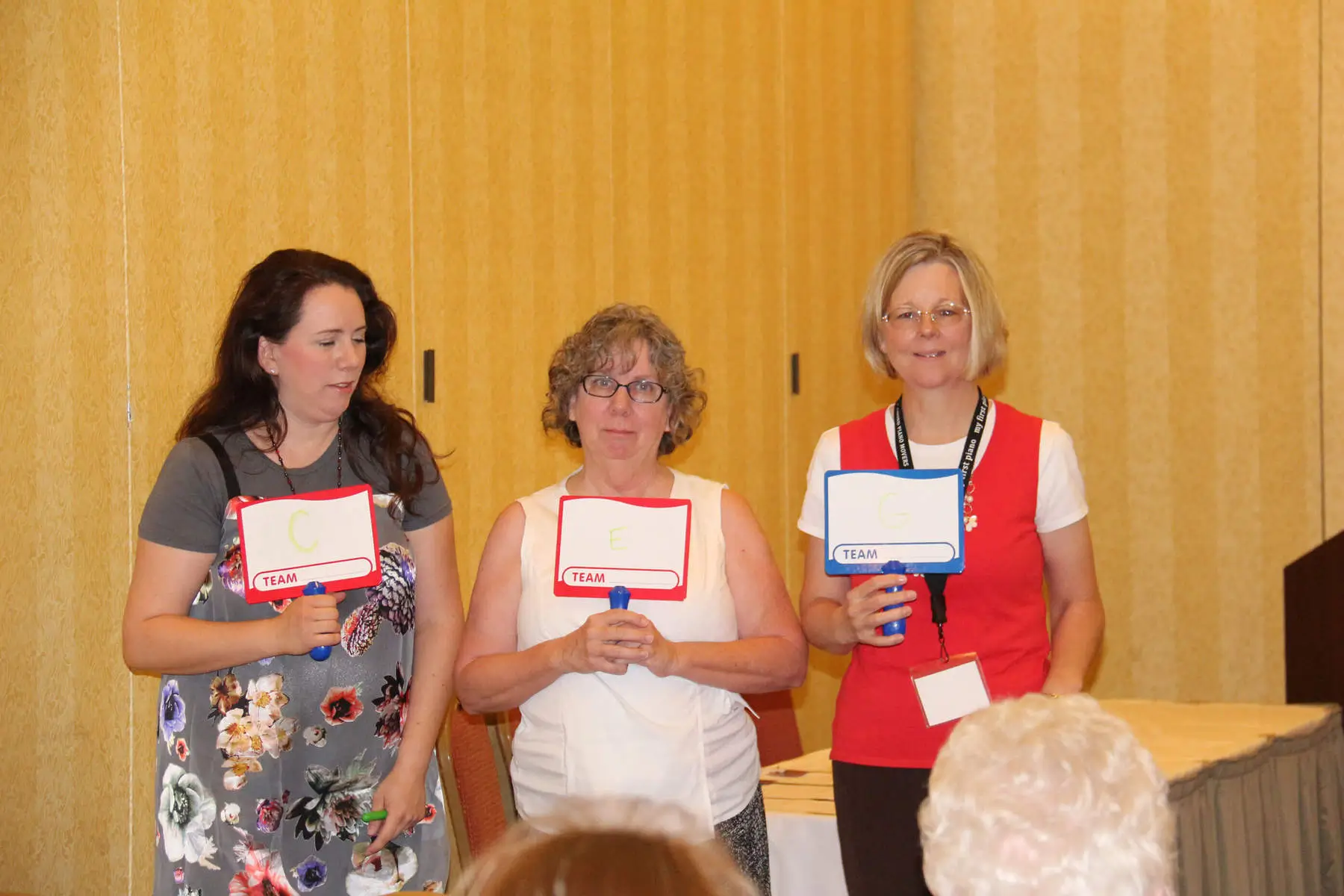
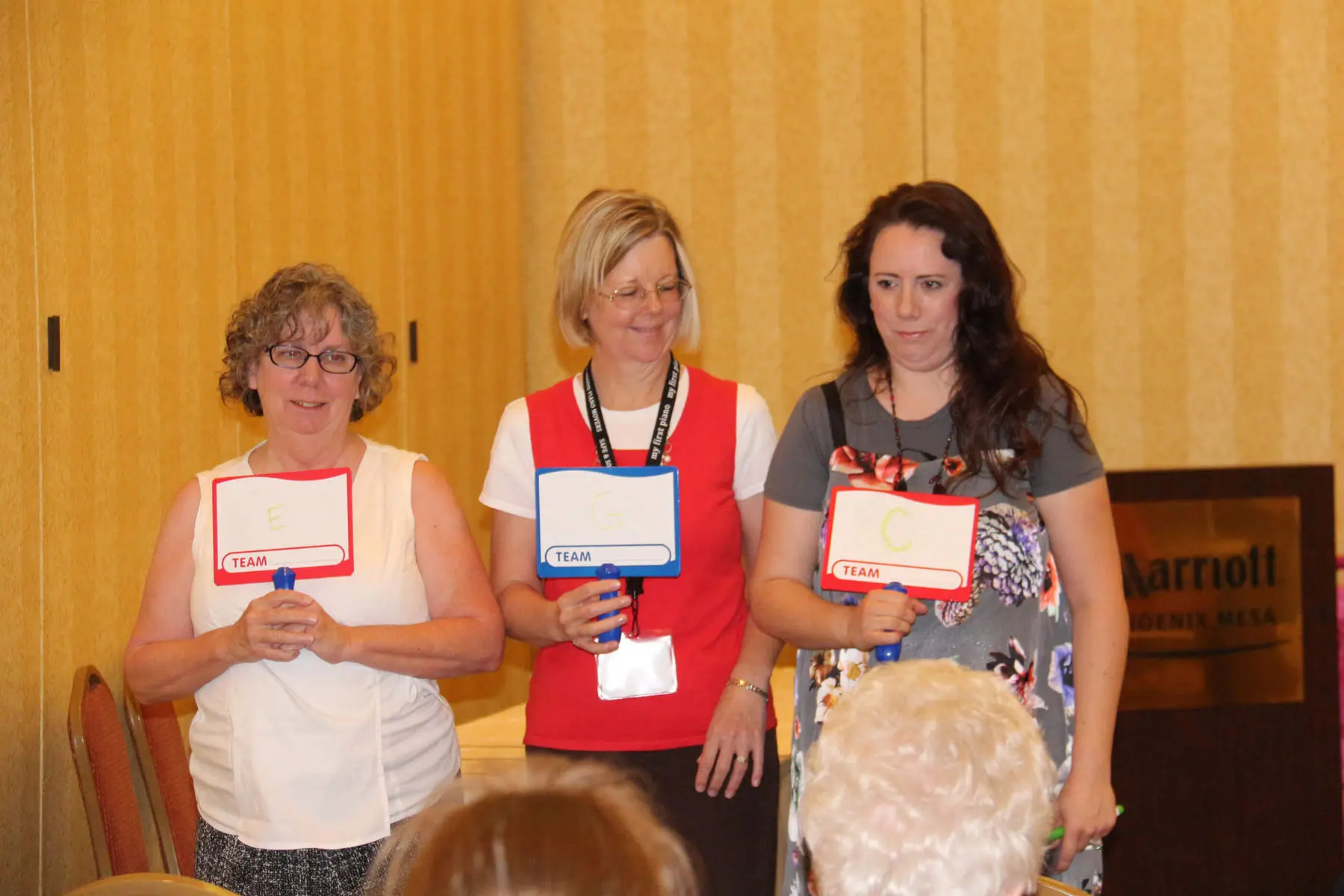
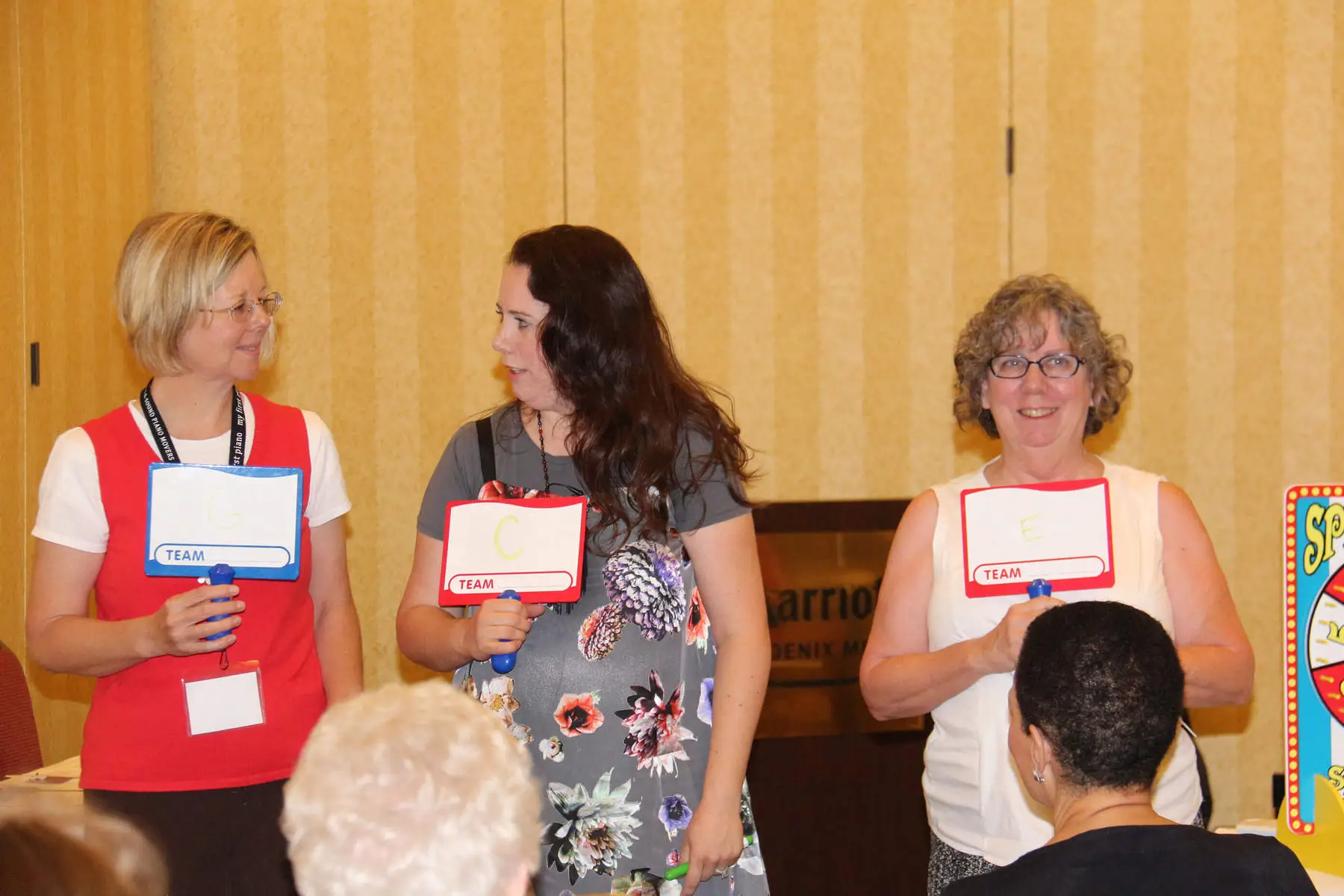

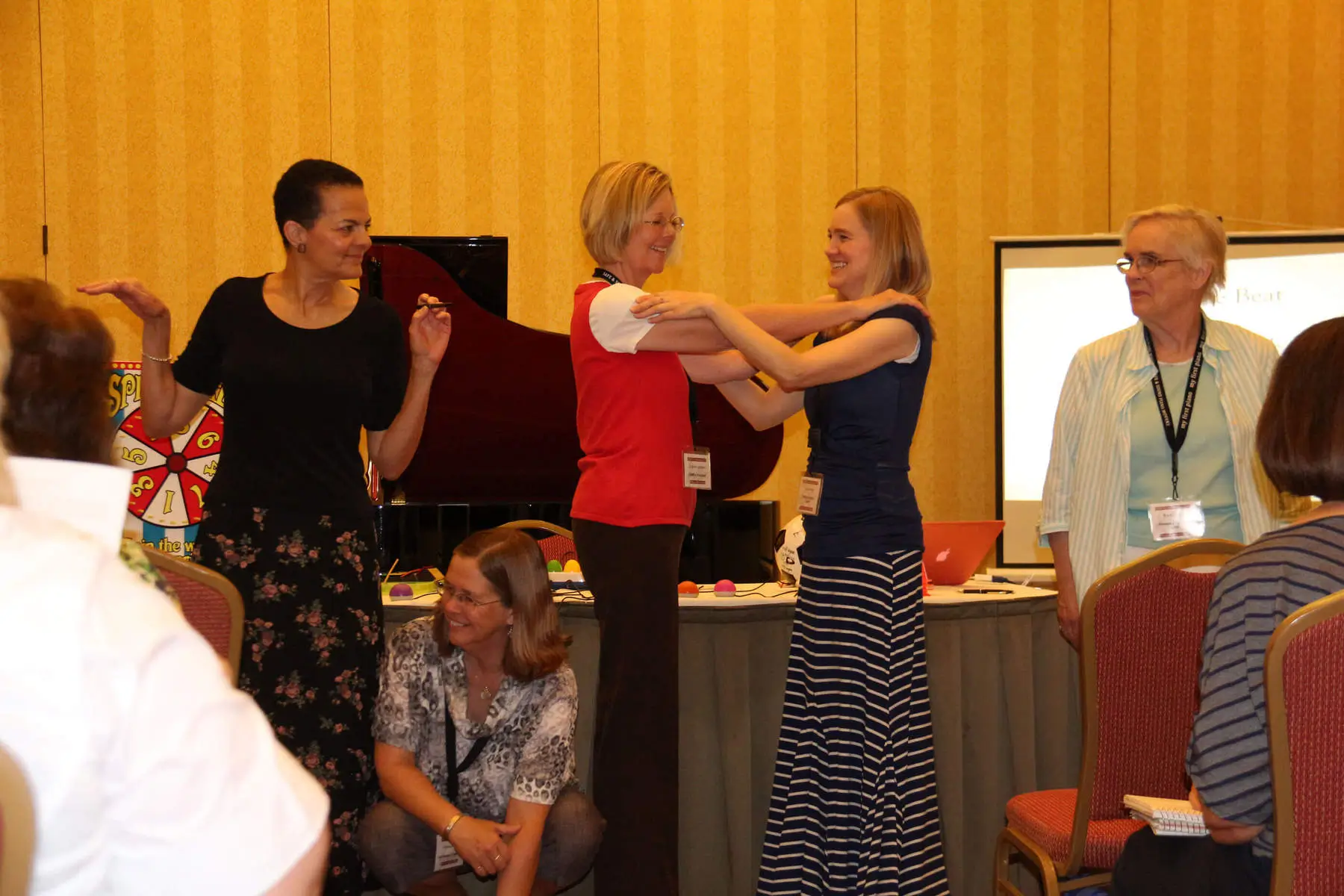
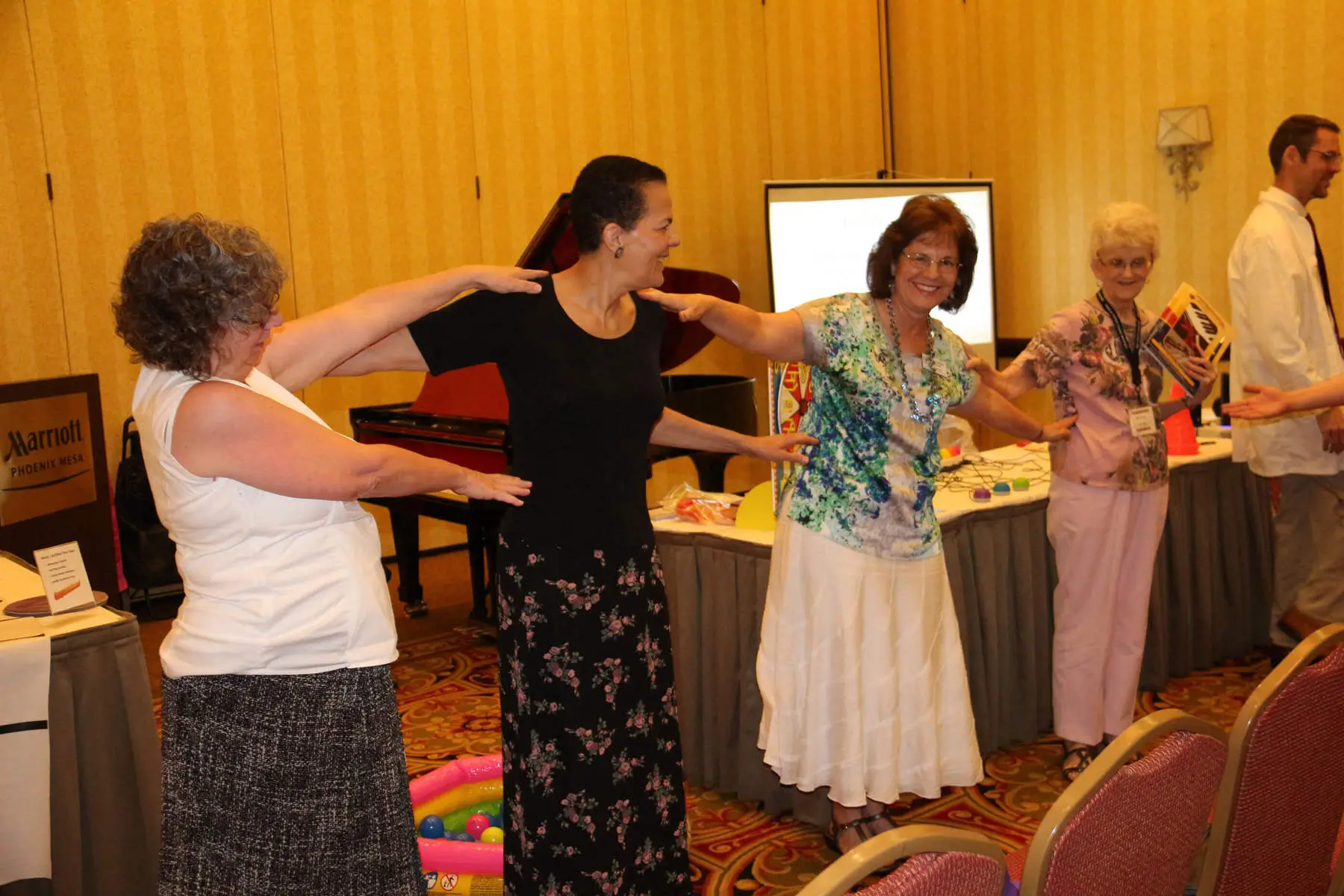

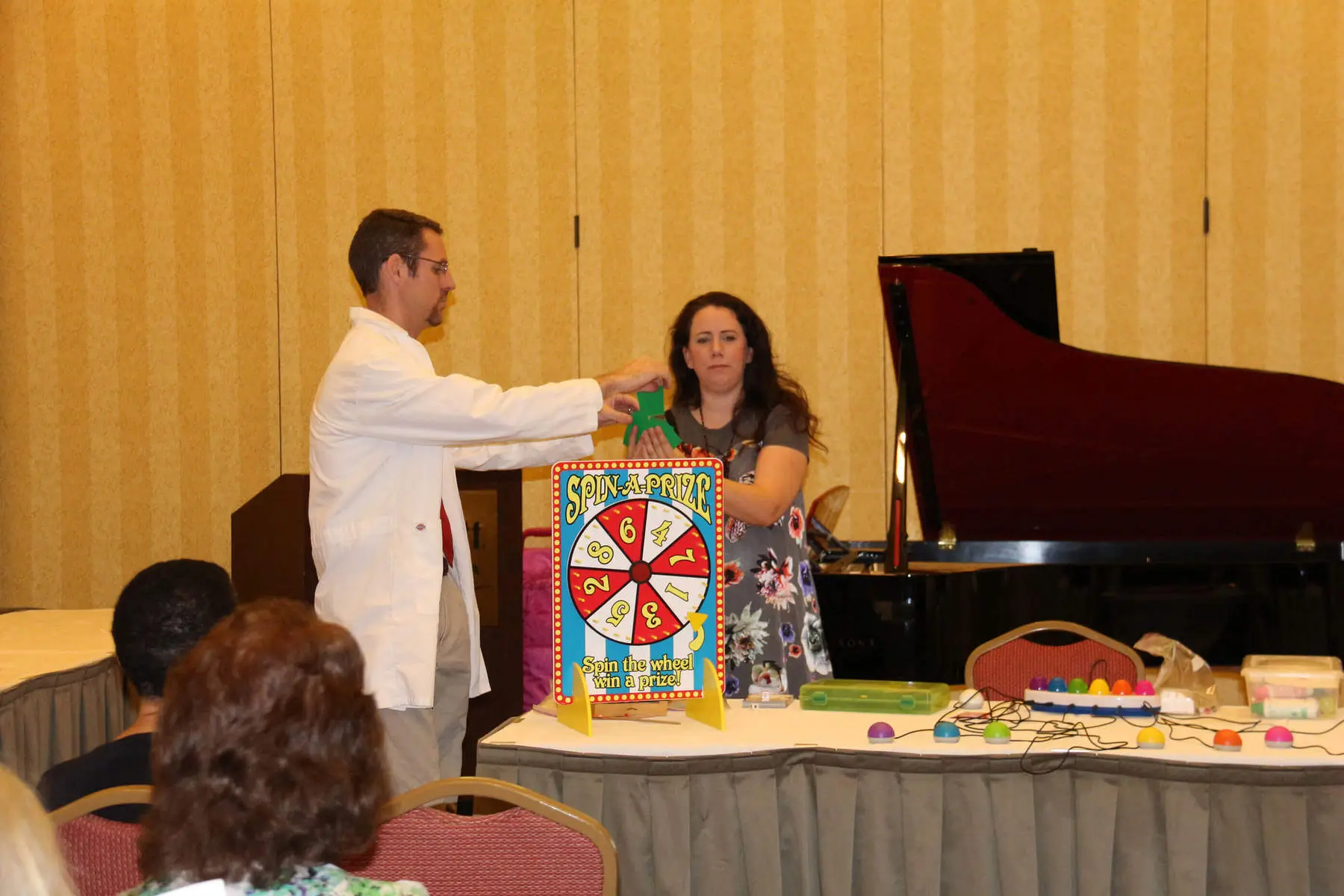
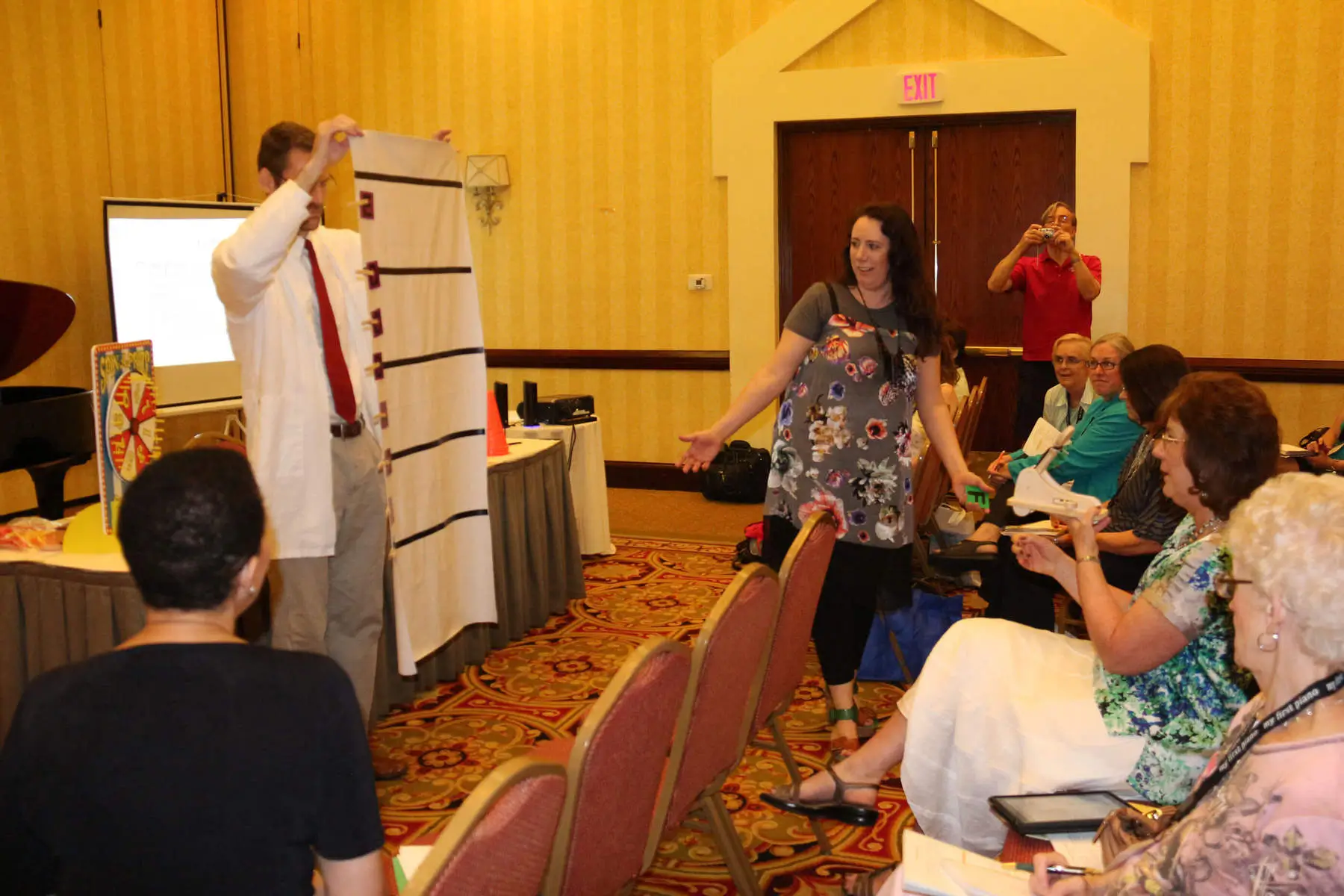
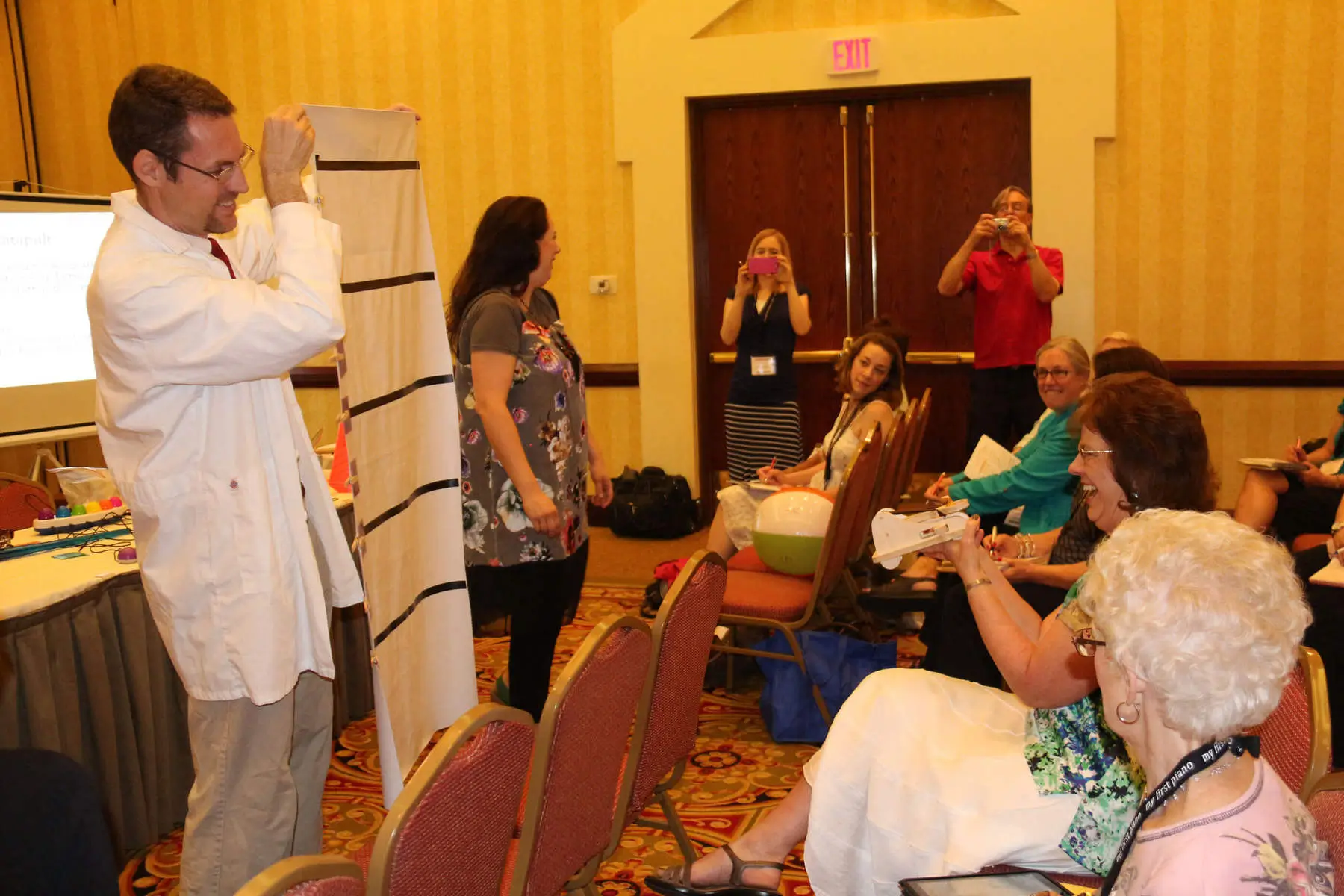
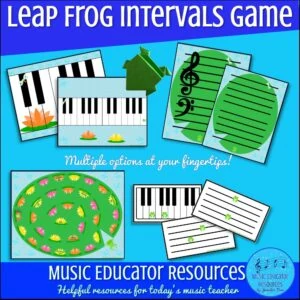
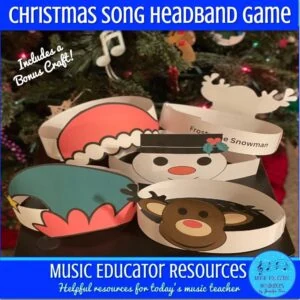
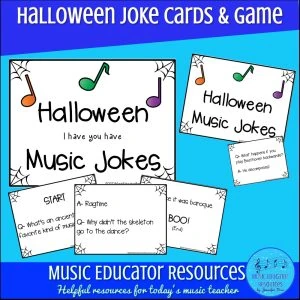
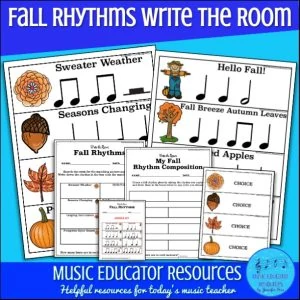
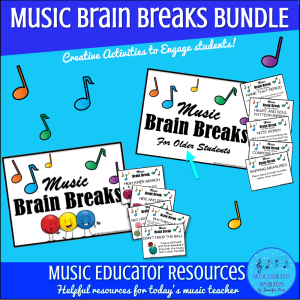
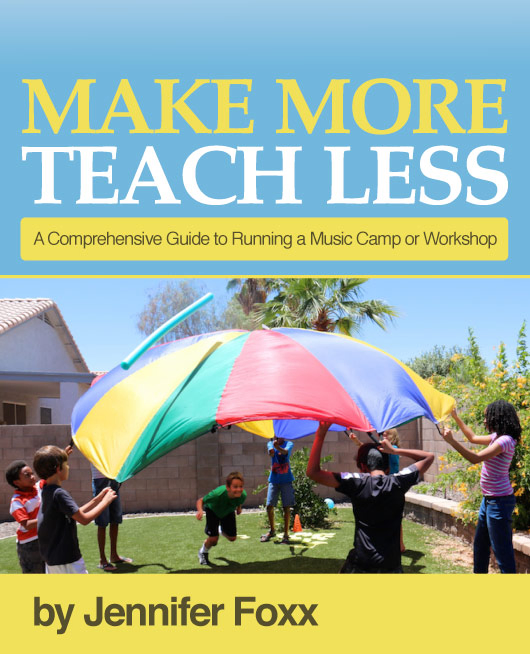
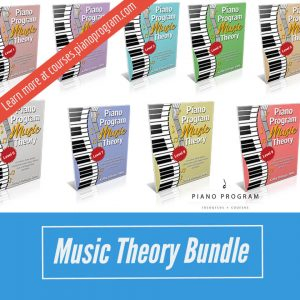
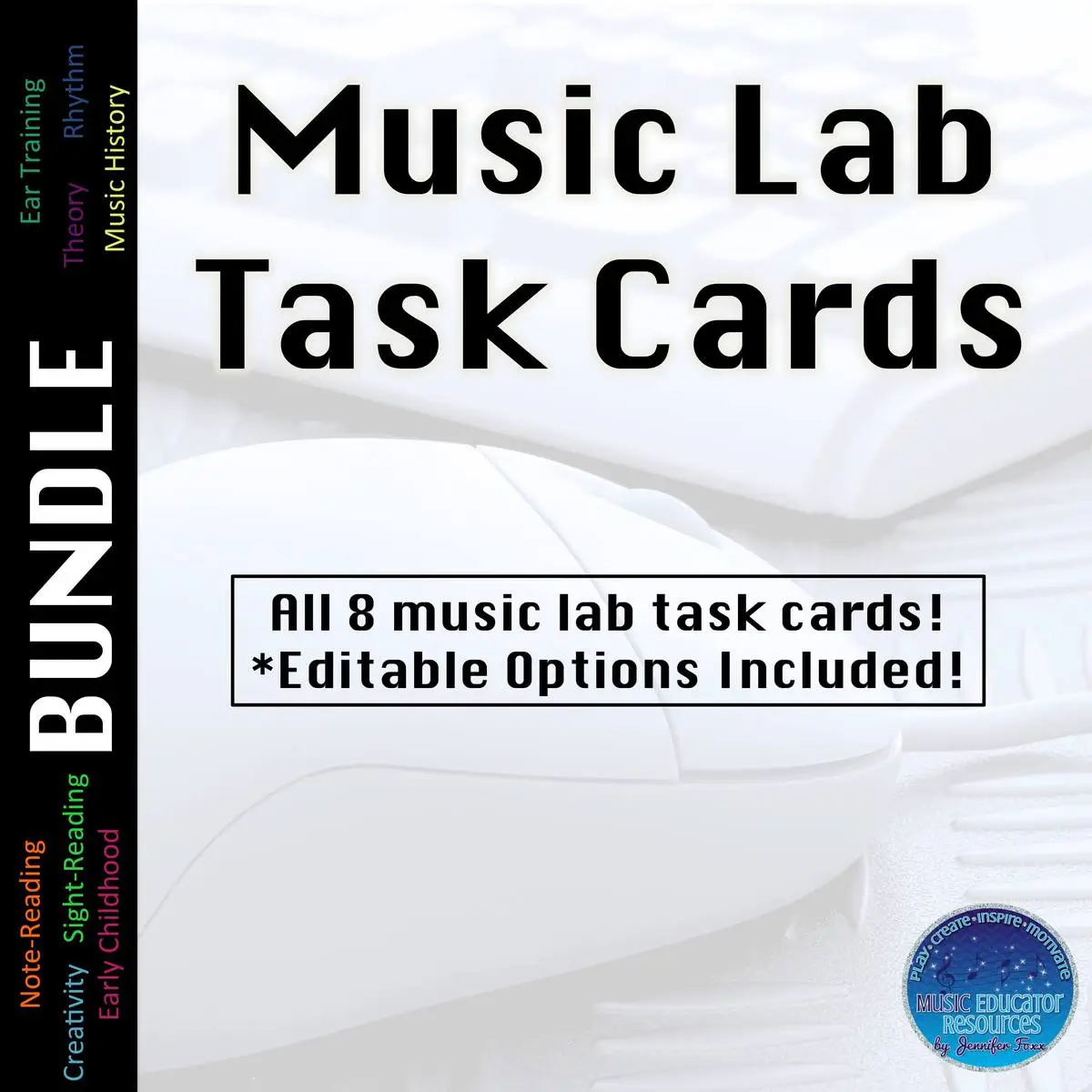
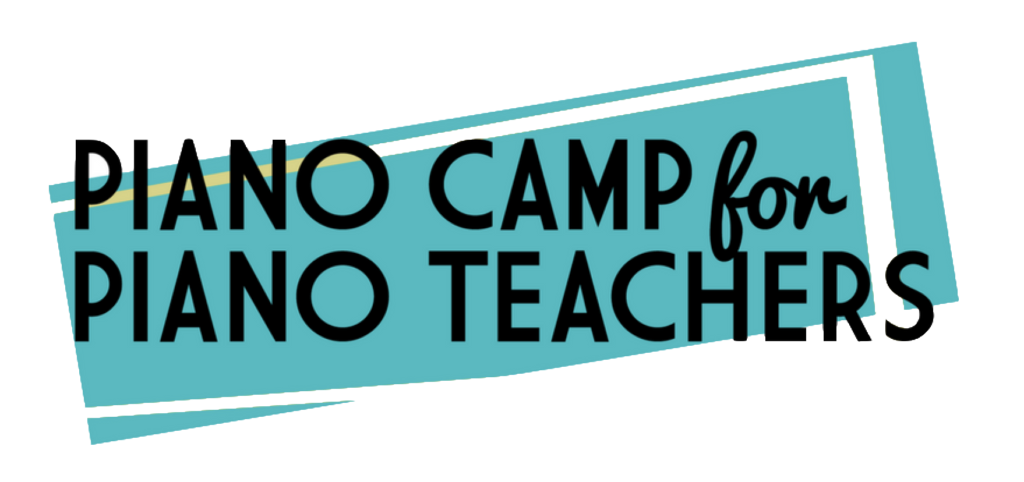
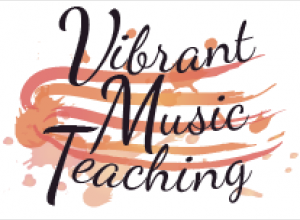
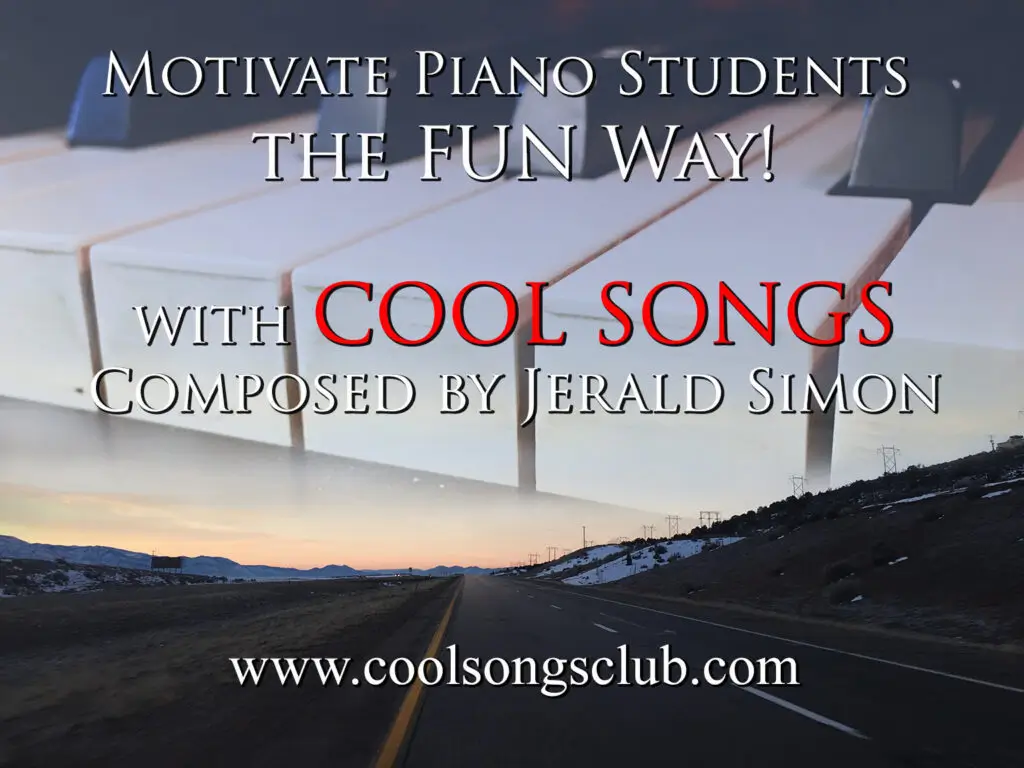
0 Comments